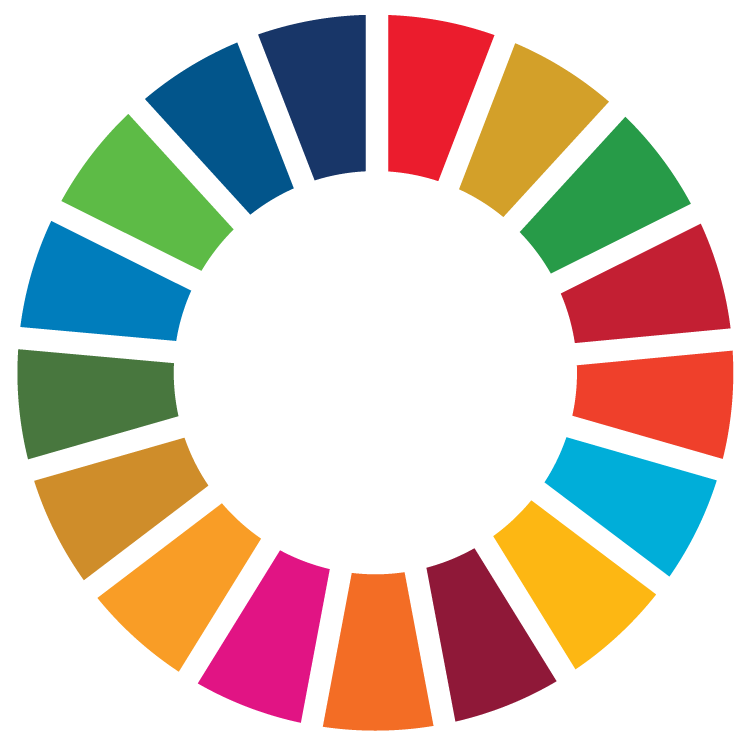WU Social Engagement: Innovation of field surveys and plants data collection in old-growth forest areas in the case of Walailak University Botanical Park

The Digital Communication Arts Program, Walailak University, in collaboration with the Walailak University Botanical Garden, led by Tanaporn Charoenthansakul, Wannarat Natee, and Busarin Nantaket, has organized the project titled “Communicating on Plant Conservation in the Original Forest Area in the case of Walailak University Botanical Park.” This project aims to enhance the natural learning potential of the original forest area and support the conservation and preservation of natural resources under the Royal Initiative. Additionally, it seeks to raise awareness of the value of the original forest area by educating local youth about the benefits of plant species in the original forest. The project has organized activities to create participation in communication among local youths in 2024 as follows:
1. Field survey and studies of important tree species in the forest area found that the original forest area has a moderate level of diversity and is in a state of adaptation from the original peat swamp forest to a complete tropical rainforest in the future. The researchers used data from the study to select five tree species in the forest area through the initial data verification process by Walailak University Botanical Park botanists. The selected plant species will be applied to produce a set of media prototypes for communicating plant conservation.
2. Researchers used data from the study of the original forest area and the data about the plants to produce media for use in activities to create communication participation among youths. This consisted of 6 offline and online media: (1) a website for the conservation of plants in original forest areas, (2) an electronic book (E-Book), a study guide for information about five species of plants in original forests, (3) audio media conveying the stories of the five species of plants, (4) a set of plant knowledge card games, (5) an exhibition about original forests with five species of plants, and (6) cartoon characters of the five species of plants.
3. The Digital Communication Arts program organized a communication activity for plant conservation in the original forest area of Walailak University Botanical Park for local youth groups, which are the project’s target group. Five schools were selected from schools in Nakhon Si Thammarat Province that have implemented school botanical garden activities as pilot samples: Yothin Bamrung School, Ban Nakhian School, Pak Phanang School, Wat Phetcharik Municipality Demonstration School, and Nakhon Si Thammarat Vocational College. The activity began with providing information to create an understanding of the original forest and plant species in the area by a botanist as a resource. Then, there was a forest walk to study plant species in the original forest area and a record of the study of the five plant species for participants to gain awareness and see the importance of plant conservation, which they could then use to expand and utilize in their areas.
4. The Digital Communication Arts Program has disseminated media and organized activities on using learning media for participants. The dissemination of media kits has led to high awareness and understanding of the value of trees in the original forest areas in the target schools and local youth.
5. The Digital Communication Arts program has taken the learning media kits, modified by botanists, and evaluated the media exposure of the sample group to disseminate to other local youth groups. There is a plan to expand the results to schools in Nakhon Si Thammarat Province that are members of the School Botanical Garden Project. In addition, the researcher has followed up on the results of the media implementation and found that the sample group that participated in the project has taken the media kits and the activities of pinning stories about plants near our homes to continue in their areas, showing the expansion of the results in terms of plant conservation in each local area when the project is over.
Related Links:
Goal 15: Life on Land

